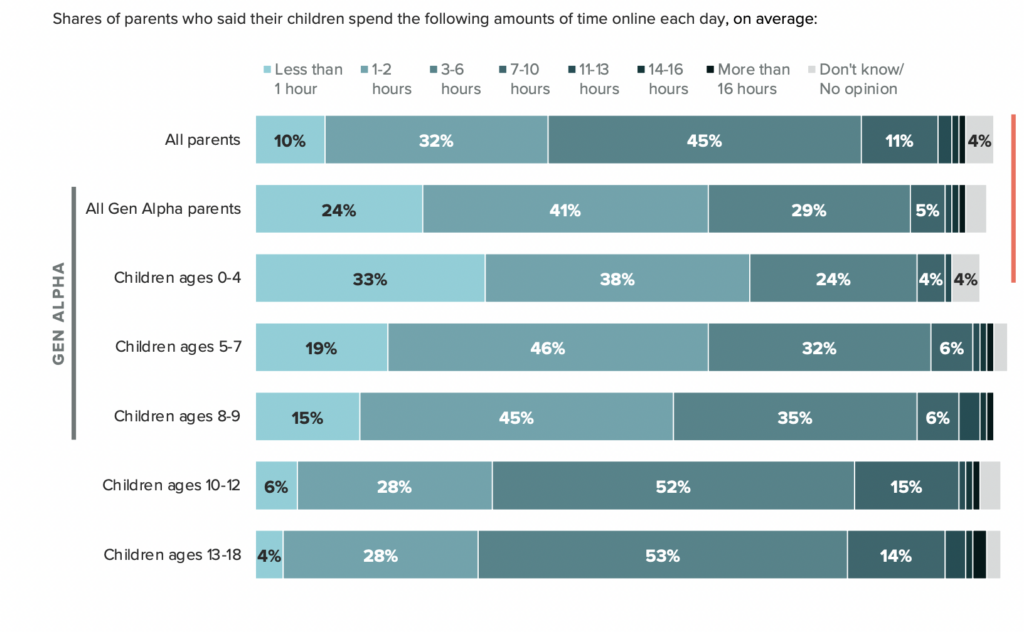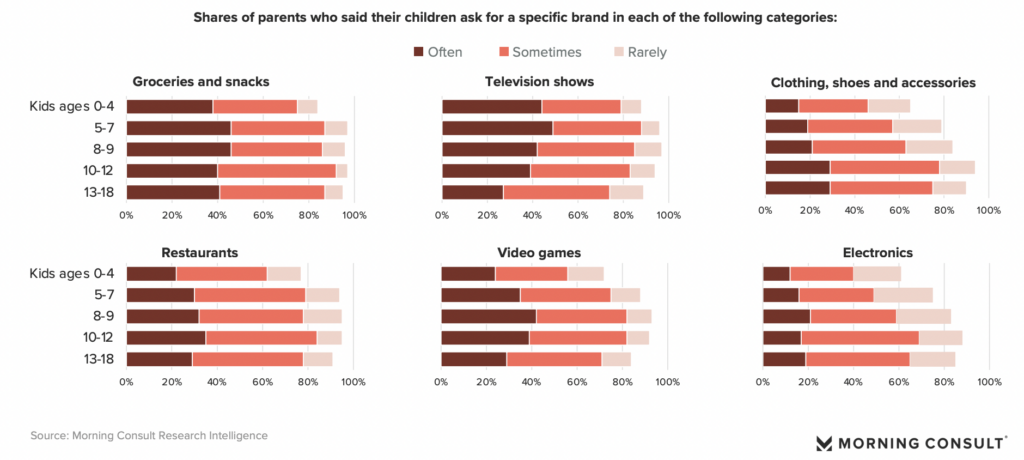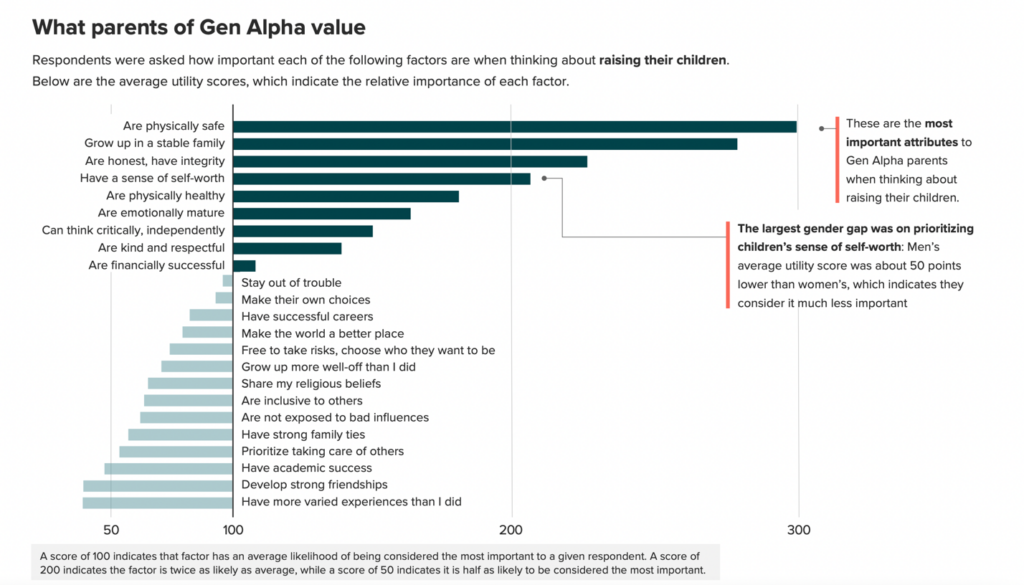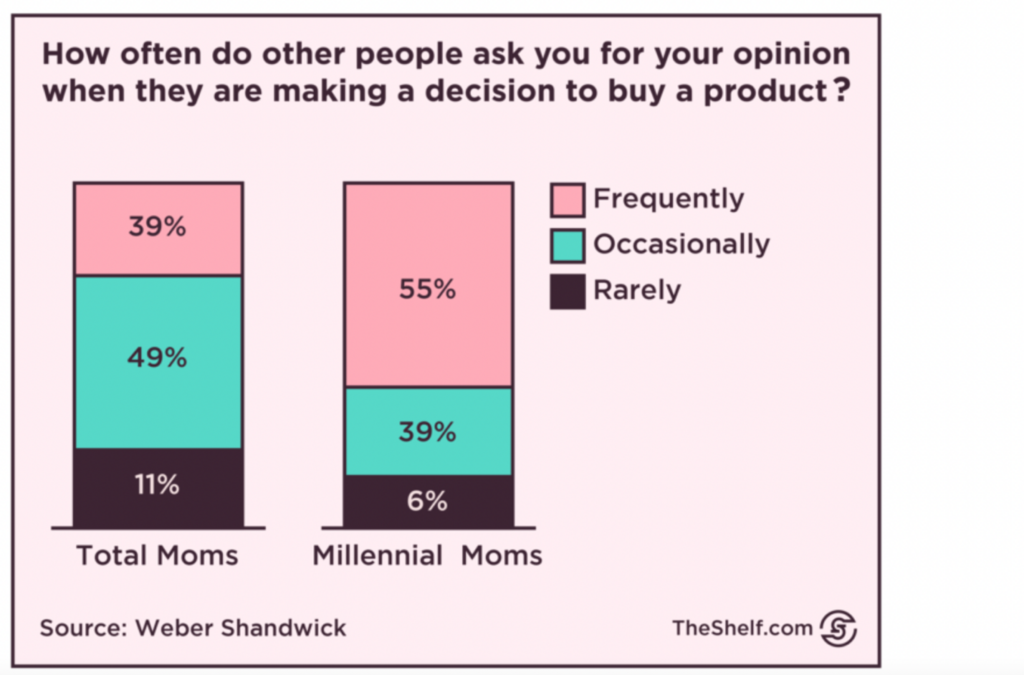Vincent Washington is the Vice President of the Customer Experience Management Best Practices Group at Sprinklr. With four years of experience at the company, Vincent has a diverse professional background, having worked previously at Amazon, UPS, LinkedIn, and BlackBerry. With his extensive experience in various roles and seeing technology come and go, he has learned that only authentic relationships built on mutual respect and genuine interest stand the test of time. When it comes to CMX, Vincent advocates for the inclusion of relevant insights related to existing conversations rather than forcefully inserting messages that do not align with the context, resulting in the best long-term outcomes.
In this episode, Alan and Vincent discuss the evolution of Sprinklr, which has transformed from a digital listening and social media management platform to a comprehensive CXM solution. Through breaking down data silos and gaining a deeper understanding of customers, Sprinklr, in collaboration with Adobe, can provide a holistic view of the customer and enable businesses to create personalized marketing and advertisements that are more targeted and relevant. Vincent also shares his valuable insights on CXM best practices, including warnings against common mistakes that brands make while attempting to remain relevant and ways AI can be incorporated into CMX strategies.
In this episode, you’ll learn:
- How Sprinklr has evolved
- CXM Best Practices
- How AI can be used in CMX strategies
Key Highlights:
- [01:10] Introductions
- [01:55] Sprinklr and Adobe partnership
- [02:40] The latest and greatest at Sprinklr
- [04:00] CXM Best Practices
- [07:10] A better way to view the world to boost CMX
- [08:00] Milk’s favorite cookie
- [08:40] Adobe’s powerful partnerships and nostalgia
- [10:25] Technology is going to change, but relationships will remain.
- [11:30] Smiles are universal, and empowerment is paramount.
Resources Mentioned:
Follow the podcast:
- Listen on iTunes (link: http://apple.co/2dbdAhV)
- Listen on Google Podcasts (link: http://bit.ly/2Rc2kVa)
- Listen on Spotify (link: http://spoti.fi/2mCUGnC)
Connect with the Guest:
- https://www.linkedin.com/in/vincentwashington/
- https://twitter.com/VincentWash
- https://twitter.com/Sprinklr
Connect with Marketing Today and Alan Hart:
- Twitter: Alan B. Hart – http://twitter.com/abhart
- LinkedIn: Alan B. Hart – https://www.linkedin.com/in/alanhart
- Twitter: Marketing Today – http://twitter.com/themktgtoday
- Facebook: Marketing Today – https://www.facebook.com/themktgtoday/
- LinkedIn: Marketing Today – https://www.linkedin.com/company/marketing-today-with-alan-hart/
Post-Production Credits:
Alan B. Hart is the creator and host of “Marketing Today with Alan Hart,” a weekly podcast where he interviews leading global marketing professionals and business leaders. Alan advises leading executives and marketing teams on brand, customer experience, innovation, and growth opportunities. He has consulted with Fortune 100 companies but is an entrepreneur at his core, having founded or served as an executive for nine companies.





